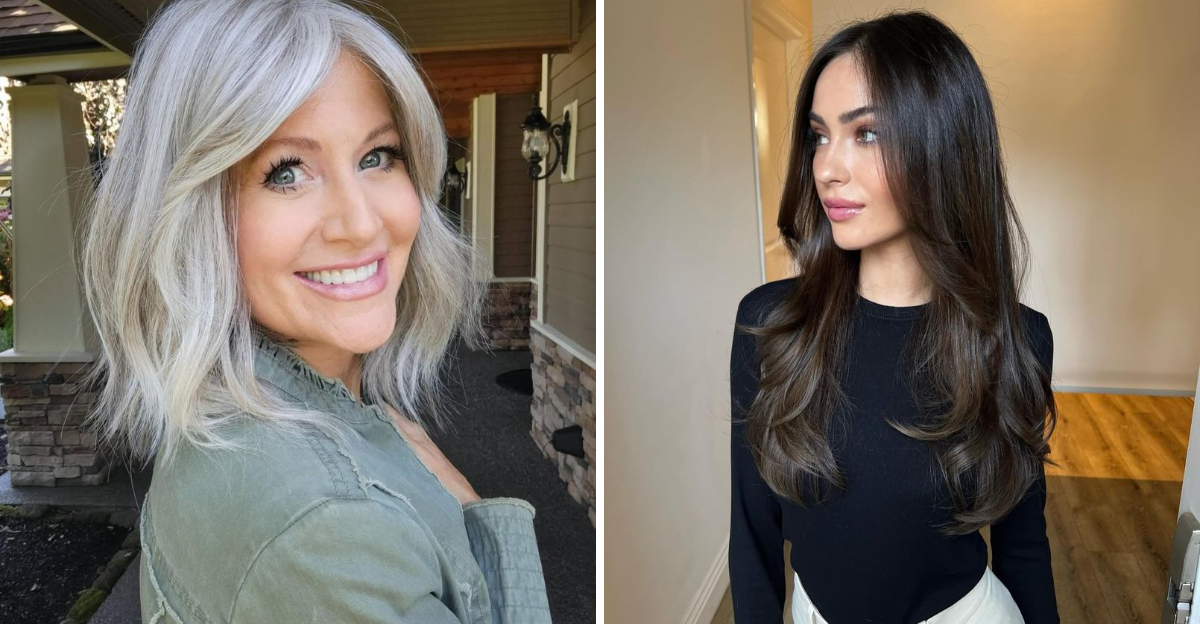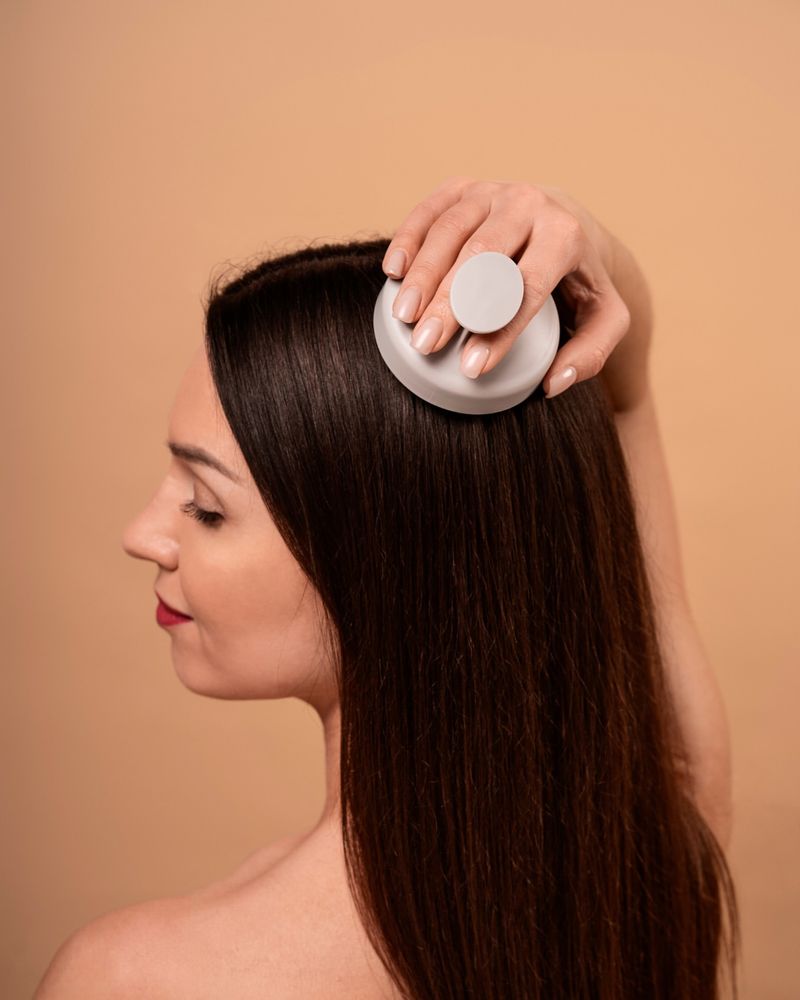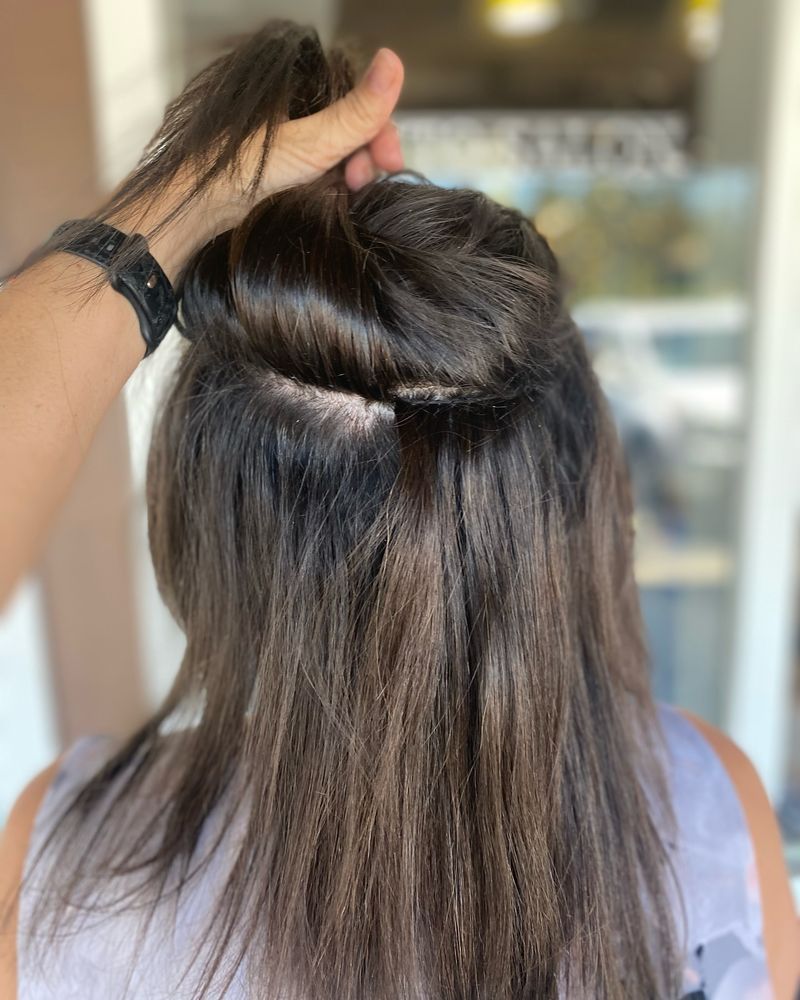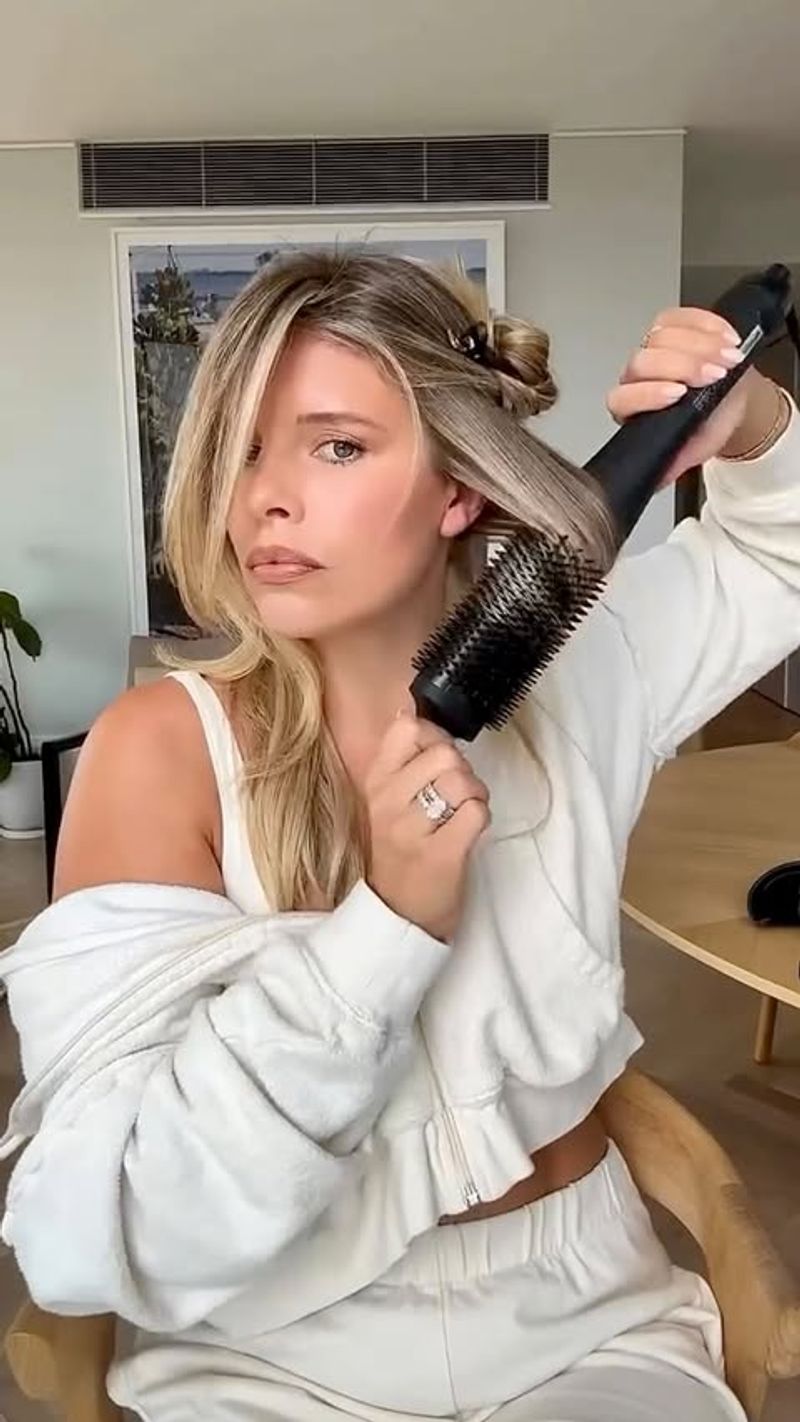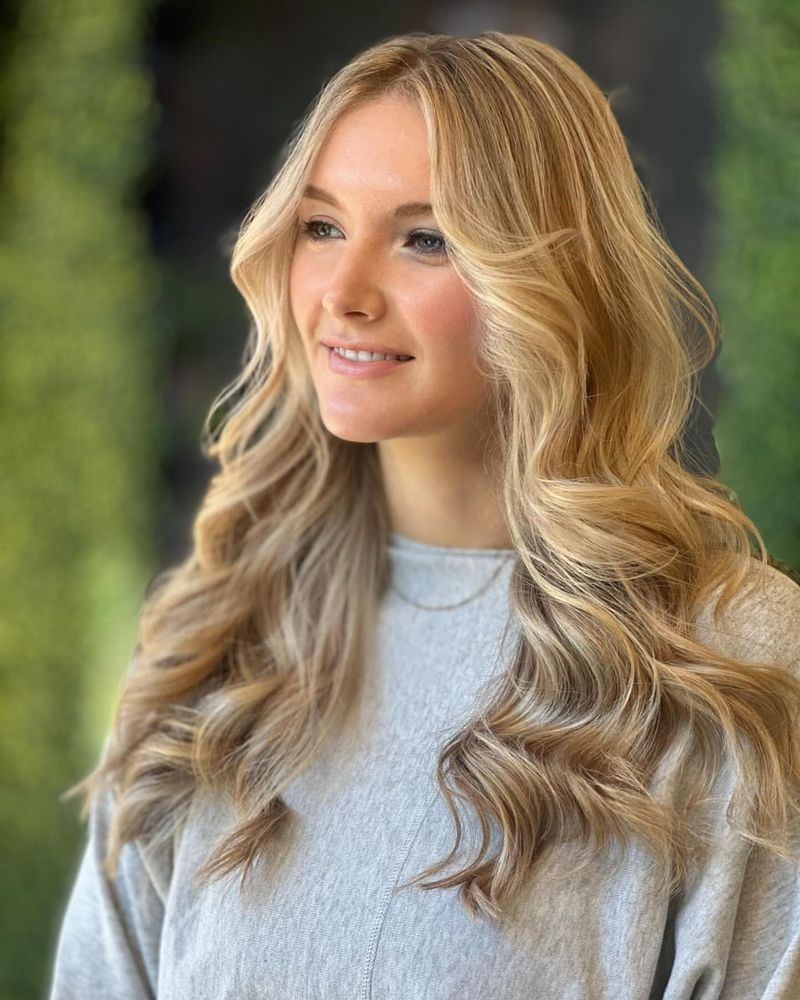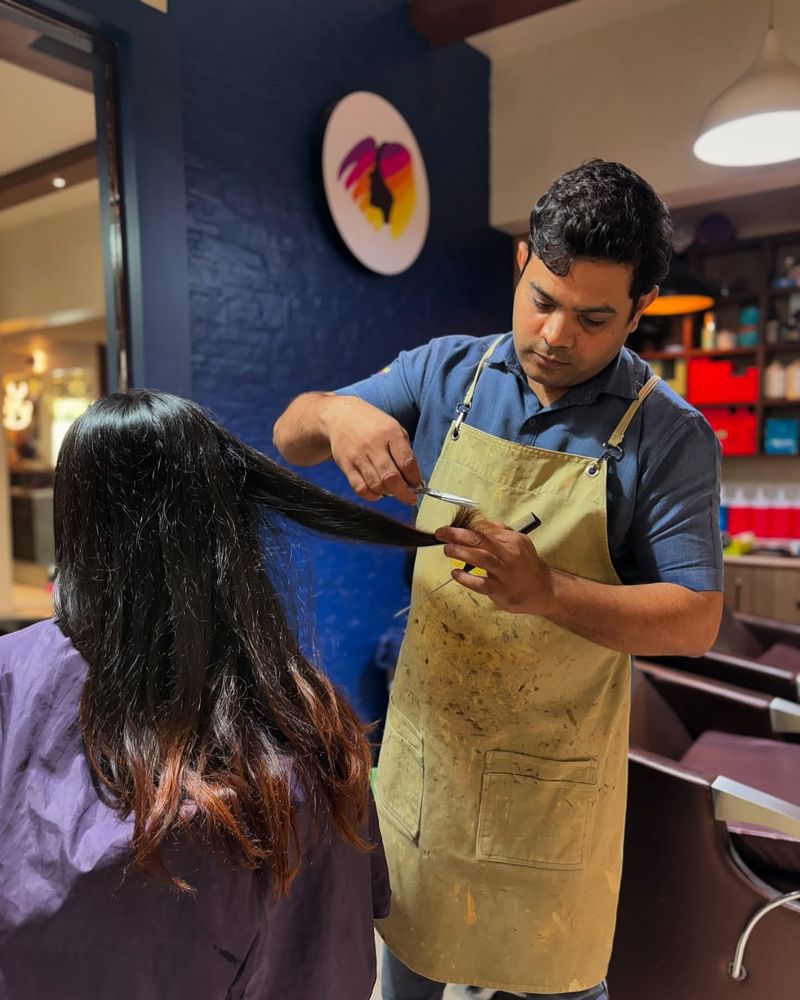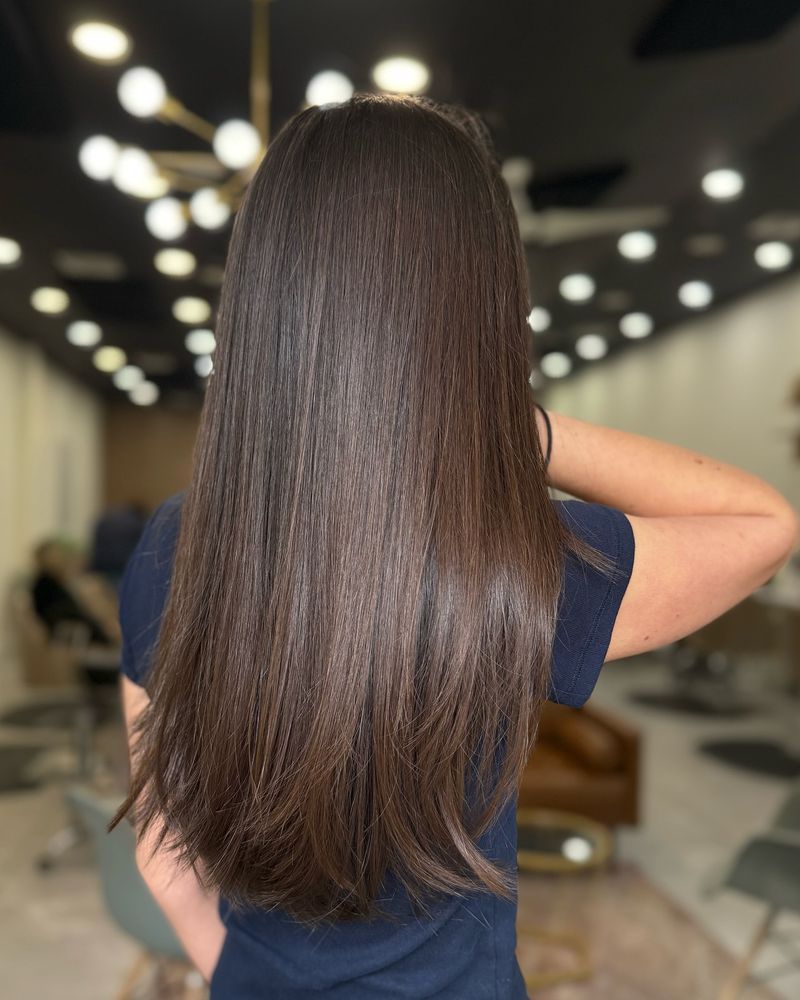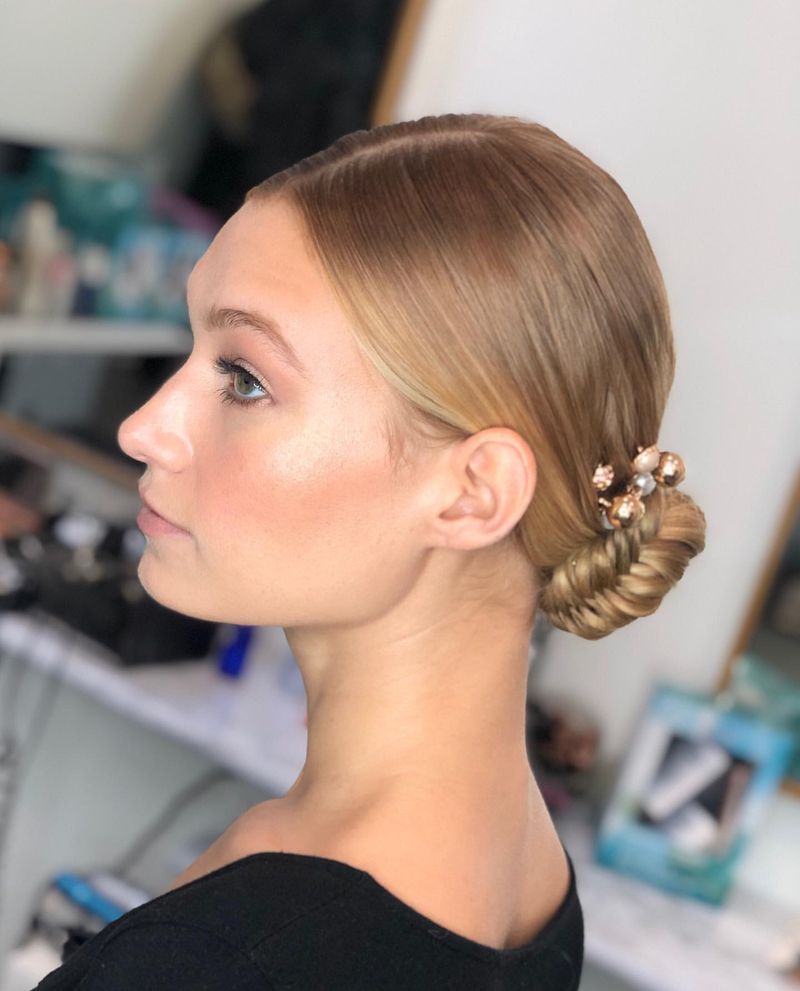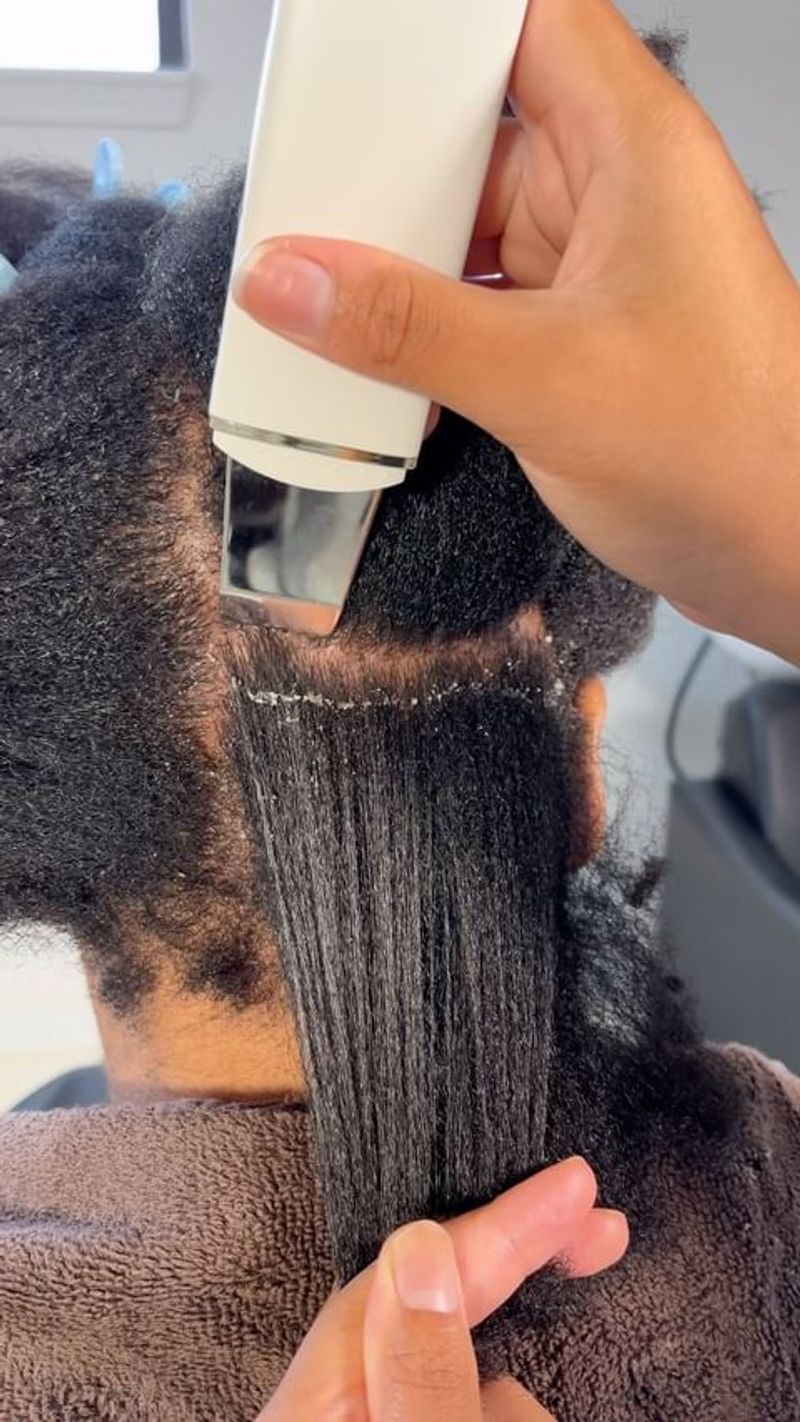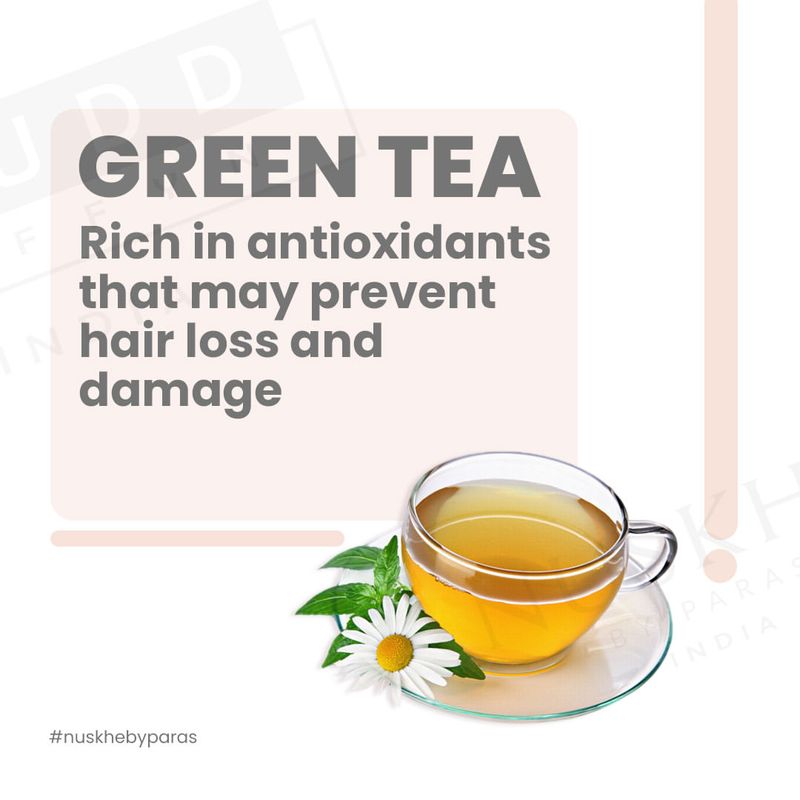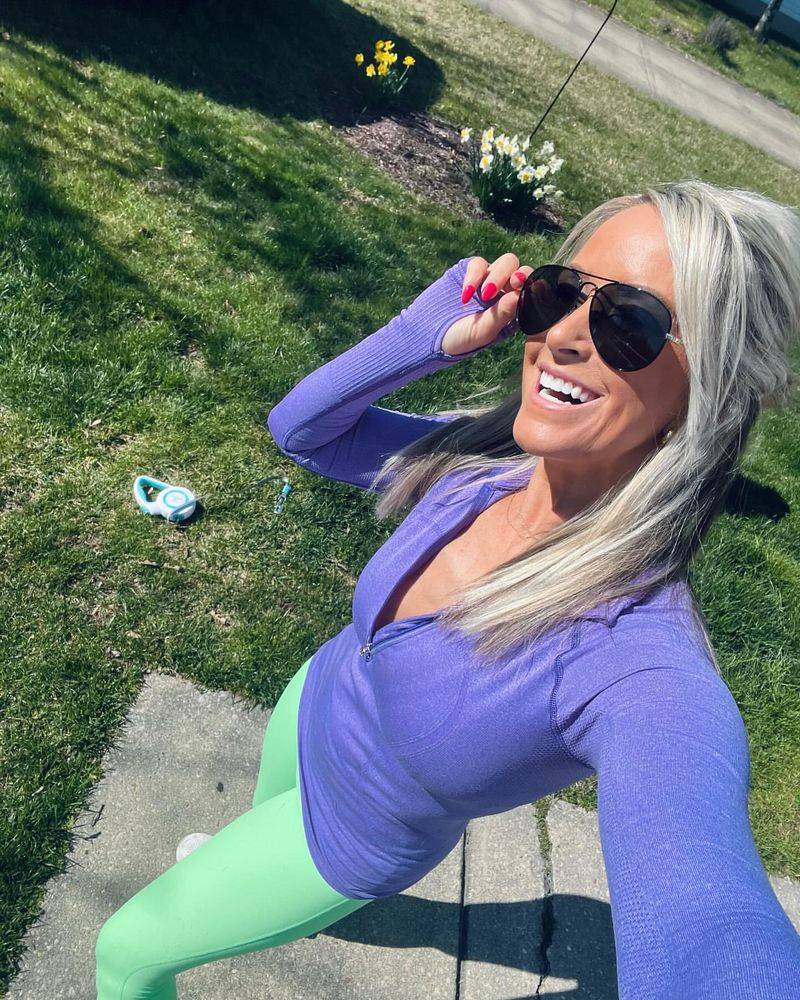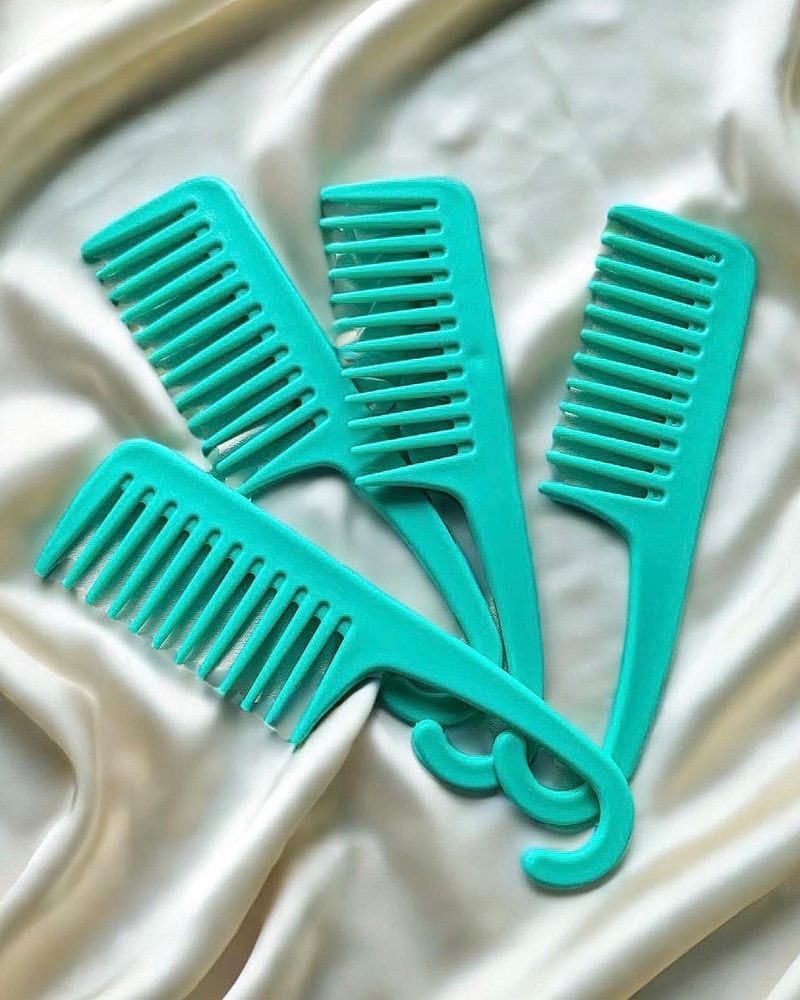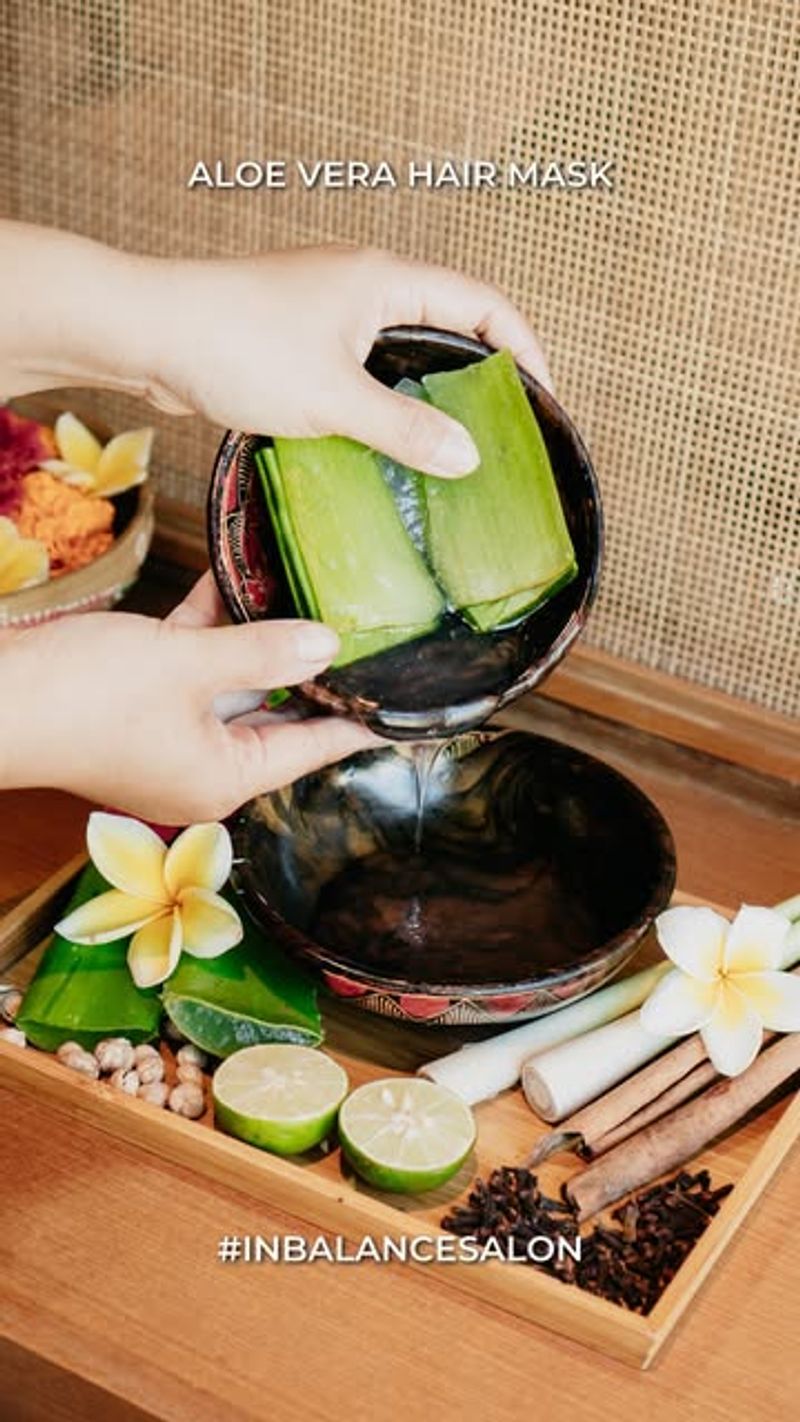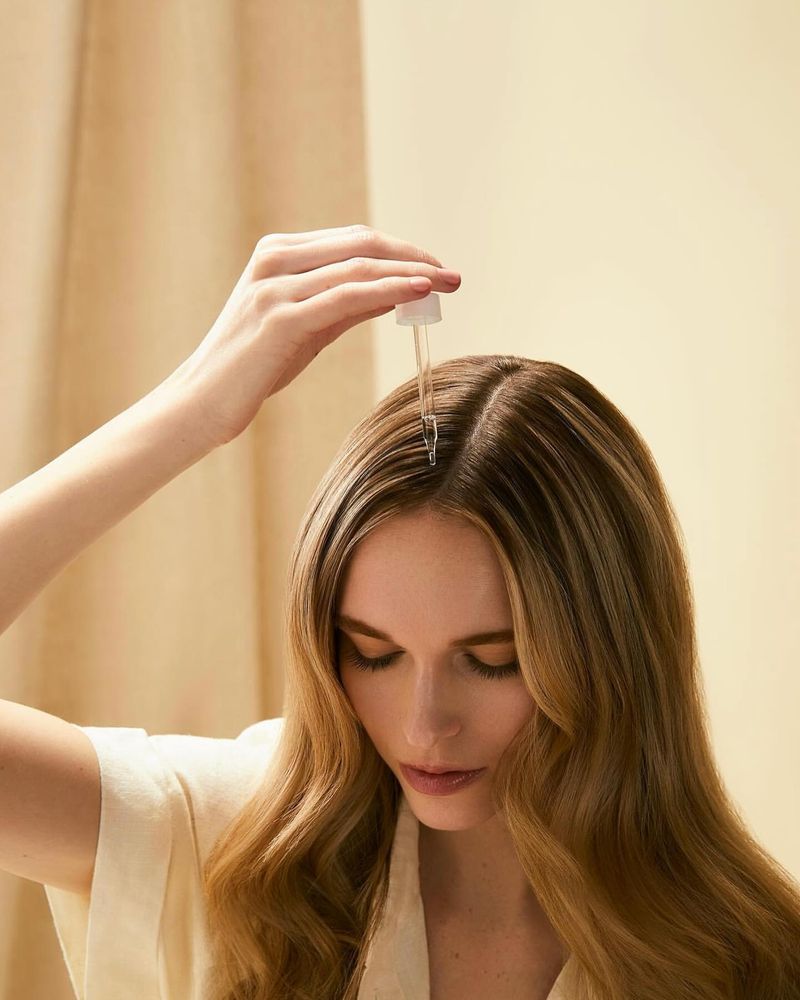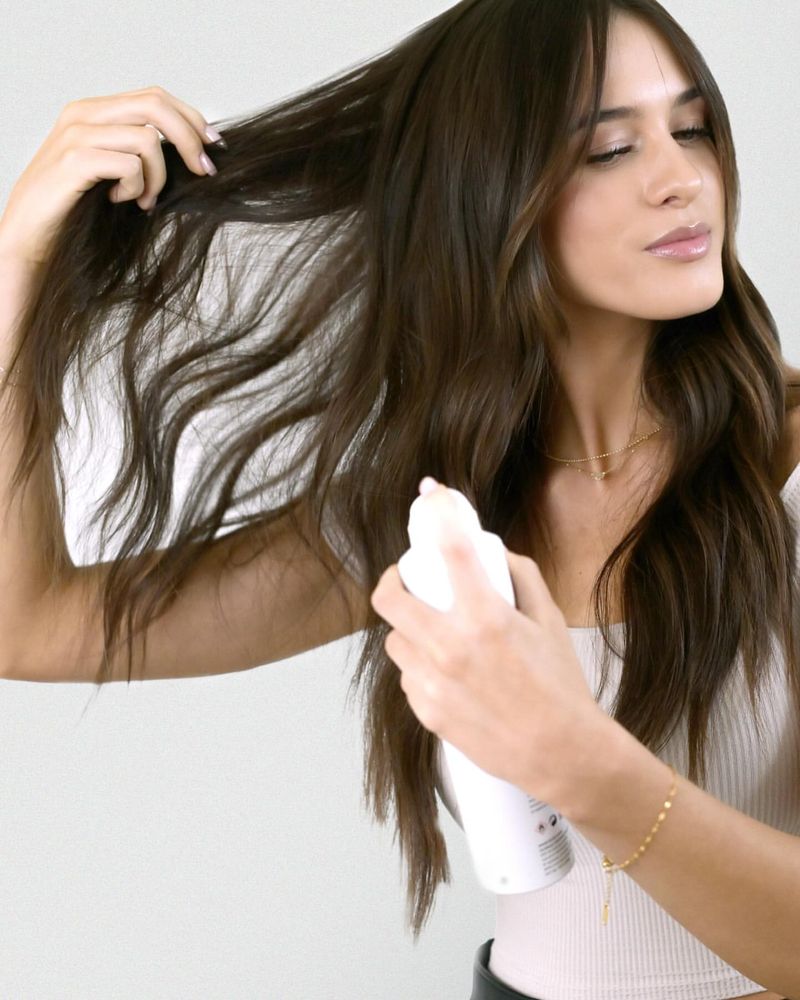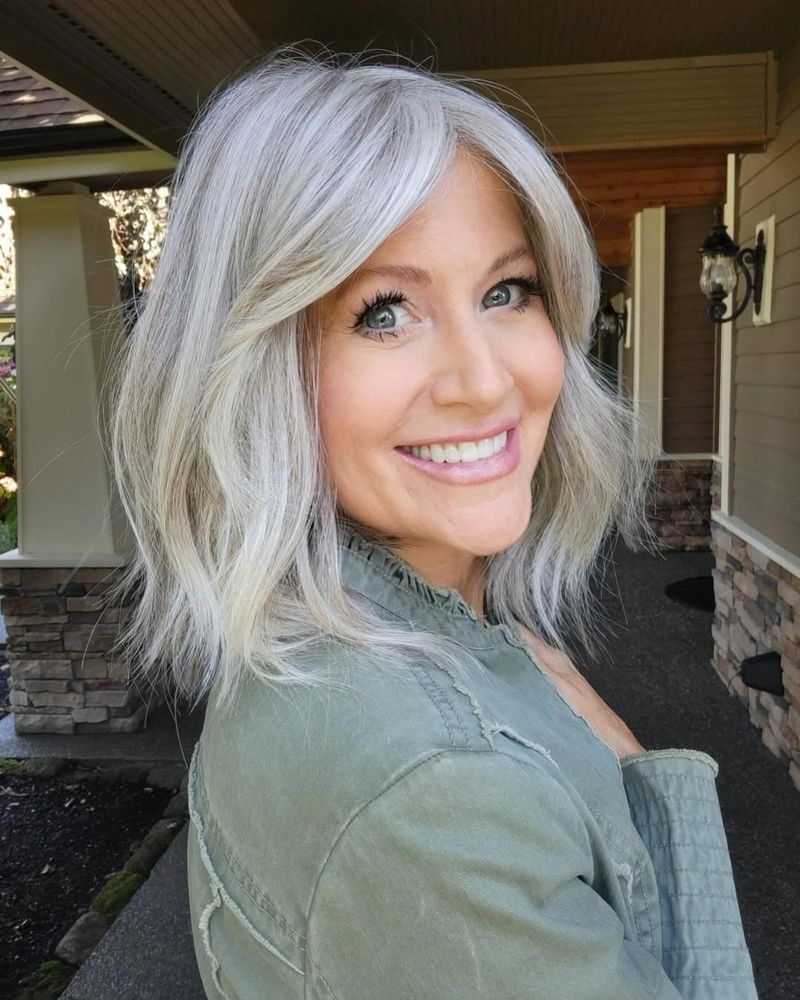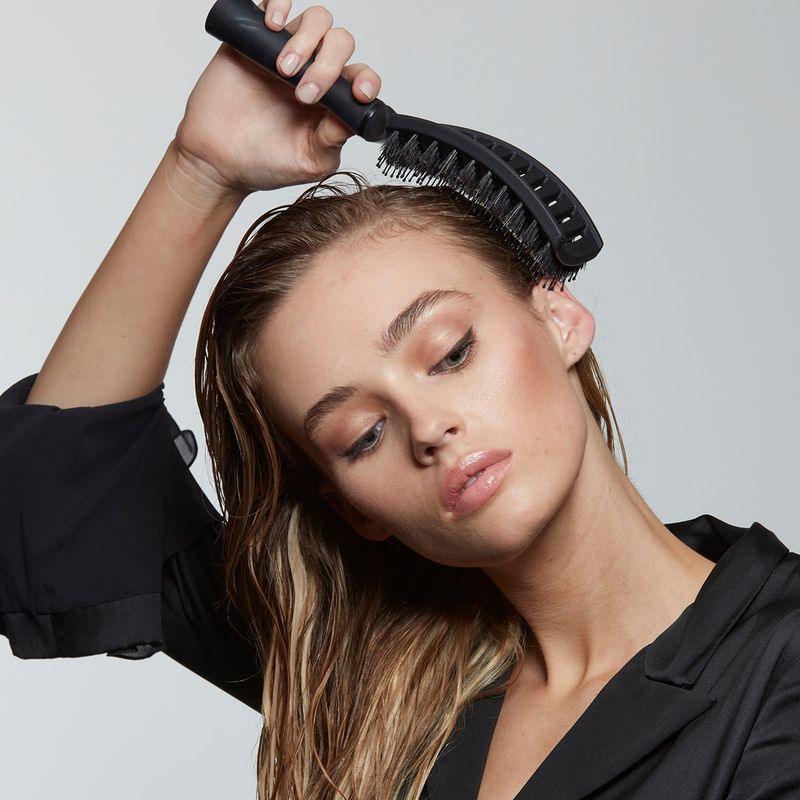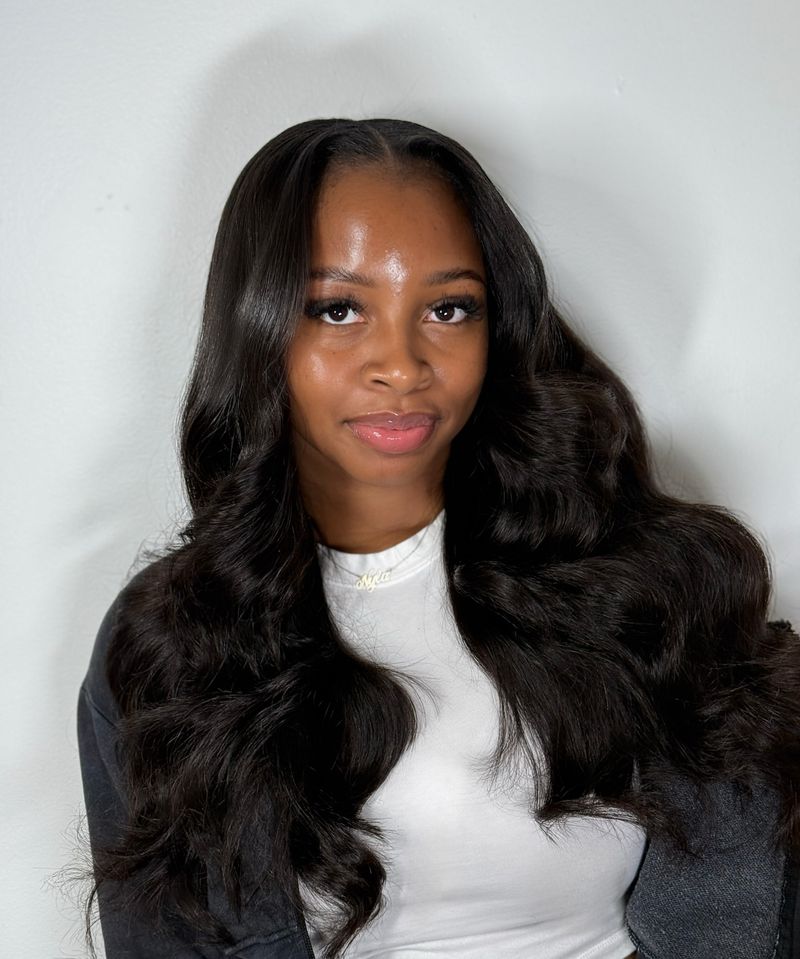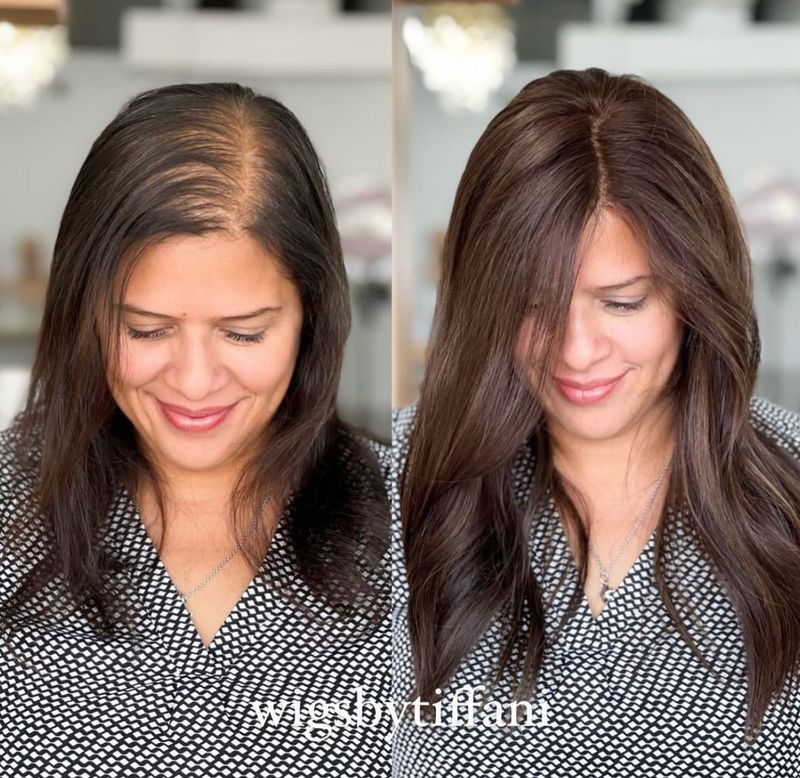Struggling with thinning hair can be disheartening, but there are numerous ways to tackle this common issue. From lifestyle changes to professional treatments, here’s an engaging list of 29 unique methods to help you restore your hair’s fullness and health.
1. Scalp Massage
Regular scalp massages boost blood circulation, which can help nourish hair follicles and encourage growth. Essential oils like rosemary or lavender can enhance the experience. Incorporate this relaxing ritual into your routine for fuller locks.
2. Balanced Diet
Eating a balanced diet rich in vitamins and minerals supports healthy hair growth. Incorporate leafy greens, nuts, and lean proteins into your meals. These nutrients can strengthen hair strands and prevent further thinning. A healthy inside leads to a beautiful outside.
Related: -7 Straight-Hair Problems No One Talks About And 8 Easy Fixes That Shine
3. Biotin Supplements
Biotin, a B vitamin, is essential for hair health. It helps in strengthening hair shafts and promoting growth. Consider adding a biotin supplement to your daily routine. Always consult with a healthcare provider before starting any new supplement regimen.
4. Avoid Heat Styling
Excessive heat styling can damage hair and lead to thinning. Try to limit the use of blow dryers, straighteners, and curling irons. Let your hair air dry whenever possible and embrace your natural texture for healthier hair.
5. Gentle Hair Care Products
Opt for gentle, sulfate-free shampoos and conditioners to protect your hair’s natural oils. These products are less likely to strip moisture, keeping hair healthier and less prone to breakage. Read labels carefully to ensure you’re making the right choice.
6. Limit Chemical Treatments
Frequent chemical treatments can weaken hair, contributing to thinning. Try to limit coloring, perming, and relaxing. If you choose to color, opt for ammonia-free dyes and extend the time between touch-ups to give your hair a break.
7. Use a Silk Pillowcase
Silk pillowcases are gentle on your hair and can minimize friction, reducing breakage and hair loss. They’re also beneficial for your skin. Switch to silk for a luxurious and protective sleep experience that supports hair health.
8. Regular Trims
Regular trims every six to eight weeks can prevent split ends and breakage. Healthy ends make the hair appear fuller and promote overall hair health. Consult with your stylist to maintain your desired length while keeping hair in top shape.
9. Essential Oils
Essential oils like rosemary, lavender, and peppermint can stimulate hair growth. Dilute them with a carrier oil before applying to your scalp. These oils improve circulation and provide a calming effect. Use them in your massage routine for added benefits.
10. Medications
Certain medications like minoxidil are effective in treating thinning hair. It’s important to use them as directed by a healthcare provider. These treatments can slow hair loss and promote regrowth. Discuss options with your doctor for personalized advice.
11. Avoid Tight Hairstyles
Tight hairstyles like ponytails, buns or braids can stress hair follicles, leading to breakage and thinning. Opt for looser styles to reduce tension and allow your hair to breathe. This simple change can lead to healthier hair over time.
12. Scalp Exfoliation
Exfoliating your scalp removes dead skin cells and excess oil, promoting a healthier environment for hair growth. Use a gentle scrub once a week, massaging in circular motions. This practice can invigorate hair follicles and improve scalp health.
13. Herbal Treatments
Herbal remedies like green tea and nettle can support hair health. Drinking herbal teas or using them in rinses can strengthen hair and reduce shedding. Natural treatments offer a gentle approach to maintaining and improving hair thickness.
14. Regular Exercise
Exercise boosts circulation, which nourishes hair follicles. Regular physical activity can reduce stress and balance hormones, both of which benefit hair growth. Find an activity you enjoy, whether it’s running, dancing, or cycling, to support healthy hair.
15. Use a Wide-Tooth Comb
A wide-tooth comb gently detangles hair without causing breakage. Start at the ends and work your way up to avoid pulling on strands. This simple tool is an essential part of caring for thinning hair, making it easier to maintain.
16. Aloe Vera
Aloe vera soothes the scalp and can promote hair growth. Apply the gel directly to your scalp, letting it sit for about 30 minutes before rinsing. This natural remedy can nourish hair follicles and contribute to thicker, healthier locks.
17. Hair Growth Serums
Hair growth serums are specially formulated products designed to nourish the scalp and stimulate hair growth. They often contain ingredients like peptides and botanical extracts that support follicle health. Regular application of these serums can lead to noticeable improvements in hair density and strength.
18. Gentle Drying Techniques
Instead of vigorous towel drying, gently pat your hair with a soft microfiber towel. This method minimizes friction and reduces the risk of breakage. Allow your hair to air dry whenever possible, maintaining its strength and integrity.
19. Omega-3 Fatty Acids
Omega-3 fatty acids support scalp health and can promote hair growth. Incorporate foods like salmon, walnuts, and flaxseeds into your diet. These healthy fats nourish hair from the inside, contributing to a more vibrant and full appearance.
20. Hair Volumizing Products
Volumizing products like mousses and sprays can create the illusion of thicker hair. Apply them to your roots for added lift. These products provide temporary volume, making hair appear fuller and more dynamic without weighing it down.
21. Consult a Dermatologist
If thinning hair persists, seek advice from a dermatologist. They can diagnose underlying conditions and recommend treatments tailored to your needs. Professional guidance ensures you take the most effective steps for hair restoration.
22. Limit Sun Exposure
Excessive sun exposure can weaken hair and lead to thinning. Protect your hair with hats or scarves when outdoors. Using hair products with UV protection can also safeguard your locks, keeping them healthy and strong.
23. Avoid Over-Washing
Washing hair too frequently can strip natural oils, leading to dryness and breakage. Aim to wash your hair two to three times a week. This approach preserves your hair’s oils, keeping it moisturized and less prone to thinning.
24. Use Hair Masks
Hair masks provide intensive nourishment and hydration. Use them weekly to revitalize and strengthen your hair. Whether store-bought or homemade, masks address specific concerns like dryness and thinning, leaving your hair feeling soft and more robust.
25. Avoid Brushing Wet Hair
Wet hair is more susceptible to breakage. Instead of brushing, use your fingers or a wide-tooth comb to detangle. This gentle approach prevents damage and maintains your hair’s strength, allowing it to grow fuller and healthier.
26. Hair Growth Shampoos
Shampoos formulated for hair growth contain ingredients that stimulate the scalp and nourish hair. Look for products with biotin, caffeine, or niacin. Consistent use can support healthier hair and potentially slow down hair thinning over time.
27. Keep Hair Moisturized
Keeping hair moisturized prevents dryness and brittleness. Use leave-in conditioners or hair oils to lock in moisture. These products protect hair from environmental damage and maintain its suppleness, contributing to a fuller, more vibrant appearance.
28. Healthy Sleep Habits
Quality sleep is vital for overall health, including hair growth. Aim for seven to nine hours of restful sleep each night. Establishing a regular sleep schedule supports hair health by allowing your body to repair and regenerate efficiently.
29. Customized Hair Growth Plans
Customized hair growth plans involve a tailored approach to treating thinning hair based on individual needs and conditions. These plans may include specific hair care products, treatments, dietary recommendations, and lifestyle changes. Working with a dermatologist or a trichologist can provide insights into the underlying causes of hair thinning, allowing for a more targeted treatment strategy. Personalized plans often yield better results as they address the unique factors affecting each person’s hair health.

